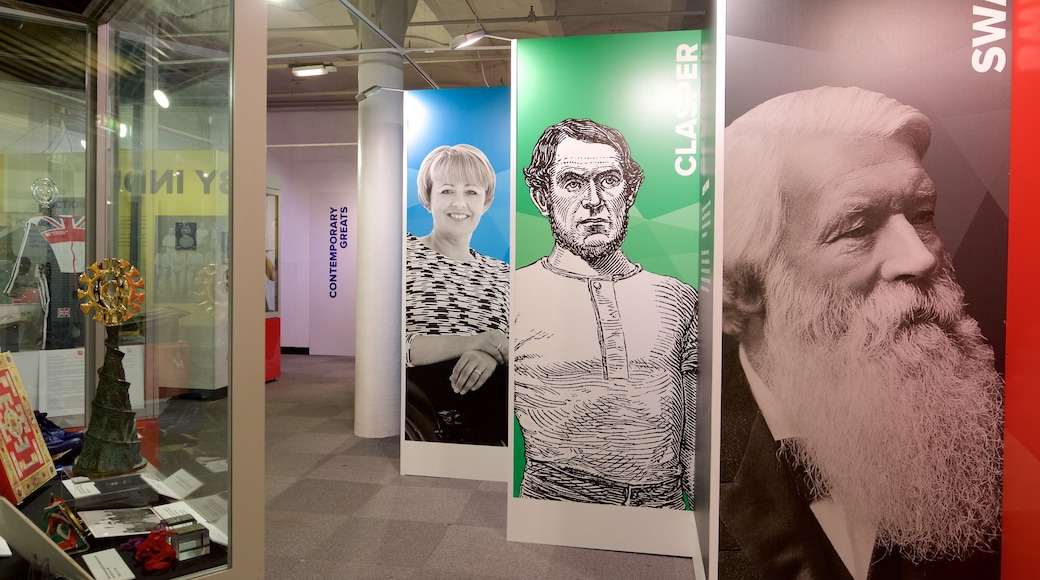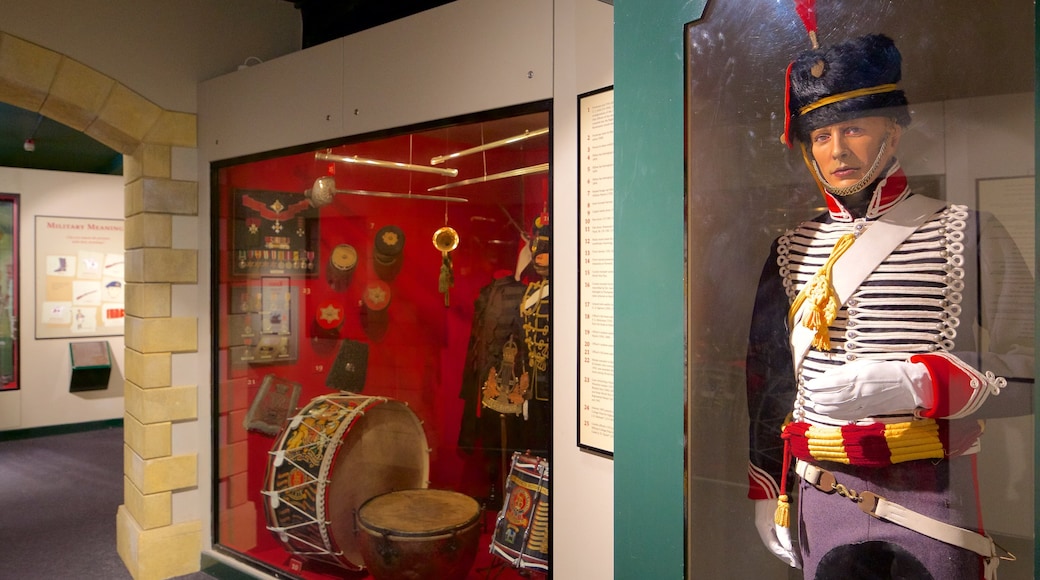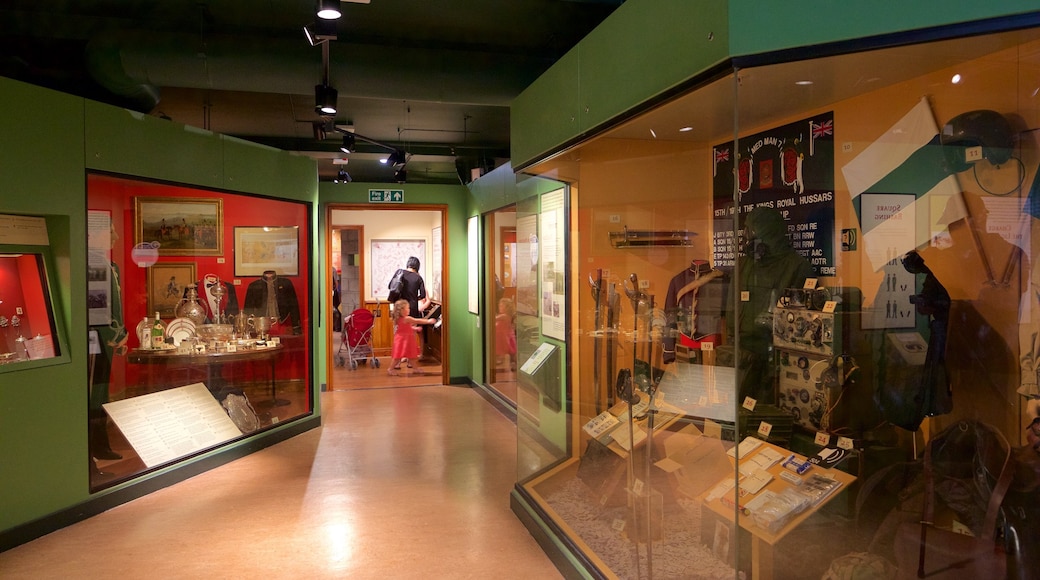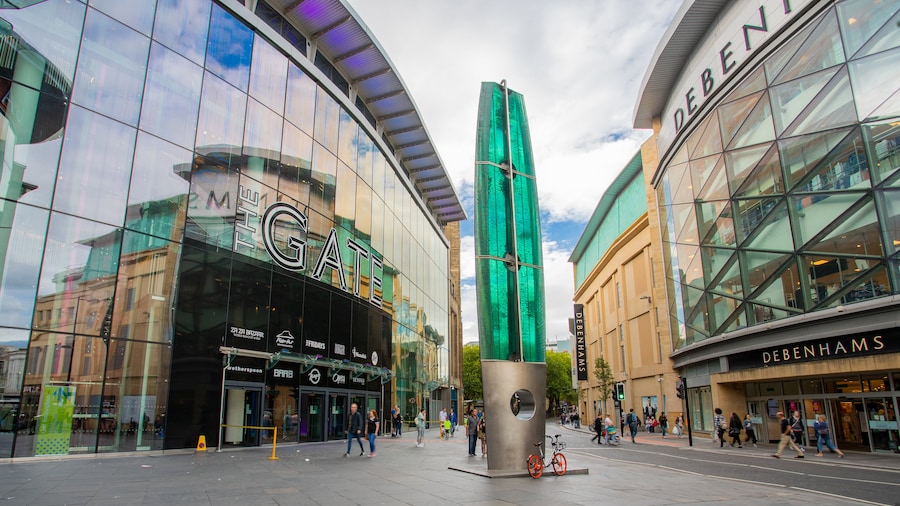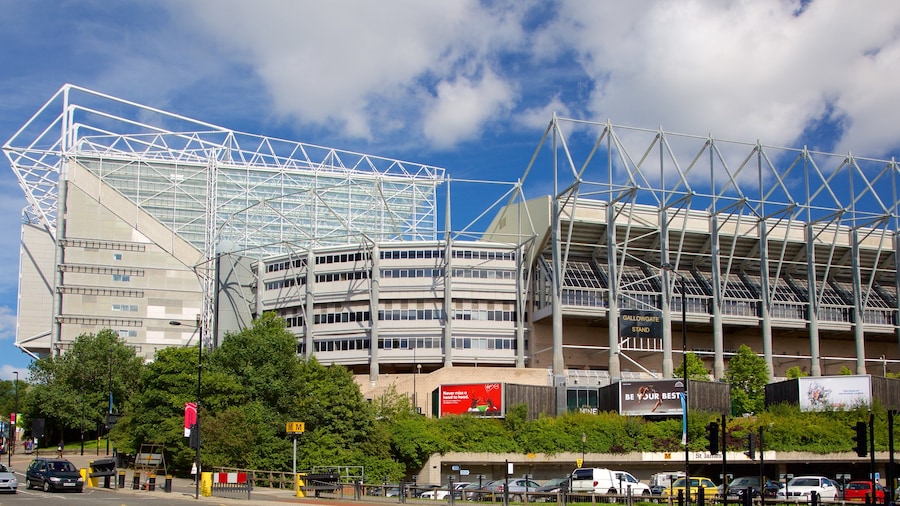Inspect the world’s first steamboat inside this museum of recent inventions and scientific breakthroughs.
Newcastle-upon-Tyne’s Discovery Museum is a place of science, with fascinating exhibits that the entire family can enjoy. It is in the historic Blandford House, which opened in 1899 and has become a cultural cornerstone in Newcastle. Learn how science works from the museum’s intriguing displays, including relics such as early light bulbs, steamships and cannons.
Admire the majestic appearance of the building’s redbrick façade. A row of trees stands in front of the structure, with its many turrets, domes and windows. Enter the museum to see three floors of relics that cover Newcastle’s maritime, scientific and technological history.
Stroll through the museum’s many exhibits to encounter the weird and wonderful artifacts on display. The highlight is the Turbinia, the fastest ship in the world in the late 1800s. The large vessel, which is about 100 feet (30 metres) long, was also the first to be powered by steam turbines.
Enjoy the modern feel of the building’s interior, with a glass ceiling and balconies lining the sides. See a replica of Joseph Swan’s first light bulb among other intriguing collectors’ items. The British creator invented light bulbs before Thomas Edison applied for a patent.
Admire the collection of steam engines by George Stephenson, who is known as the Father of Railways. These engines are next to models of famous vessels from the Tyne shipyards. Note the BAE Systems Challenger 2 tank outside the museum’s entrance. Find your way through the interactive Science Maze.
Relax with food and drink in the Turbinia Cafe. Browse the items for sale in the gift shop.
The museum is open daily from morning until late afternoon. Admission is free. The building has kept a museum since 1978 with a relaunch in today’s form in 1993.
Walk west from Newcastle Central Station to reach Newcastle-upon-Tyne’s Discovery Museum. It is just southeast of Summerhill Park in a central part of the city. Notable sites in the vicinity include the O2 Academy Newcastle, Newcastle College and Times Square.


